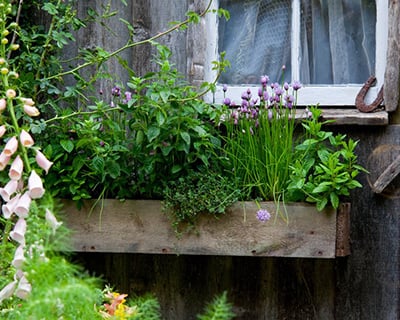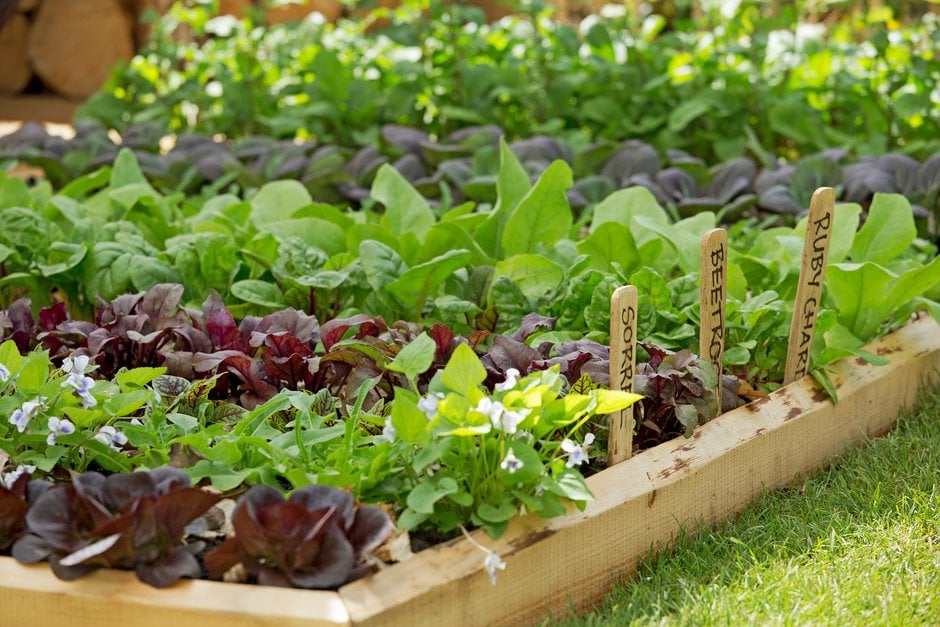How to create a budget-friendly garden
Inspiring ideas and handy tips on how to make a low-cost garden to love
Gardening is for everyone, no matter how big or small their garden, and it doesn’t have to break the bank. The best and swankiest kit can blow the budget, but with a little bit of creative thinking, you can have a garden to be proud of.
Hedges for less
The most cost-effective way to create a long-lasting hedge is to plant bare root plants. Bare root hedging plants may not look like much when they first arrive, but they usually settle in quickly and thicken into a healthy hedge over a few years.
Cost: from 60p - £3 per bare root plant
Fences
Cost: 6ft x 6ft fence panels from around £30 each
Paths and patios
How you move around your garden, and where you sit, work and play will dominate the design of your outdoor space. The cost of hard landscaping materials has risen considerably, but there are ways to keep costs down.
Before starting any major overhaul, consider what can be salvaged from your existing garden; can any of the current materials stay and have a spruce up? Existing patio slabs often get slippery and discoloured over time but can be cleaned up with a stiff brush and some elbow grease.
One of the most affordable options for covering an area of ground is to use gravel. There are aggregates in every size and colour, from flat grey slates to sparkly pink chippings, and the most sustainable option is to choose local stone to reduce your carbon footprint.
Cost: a bulk bag (850kg) costs around £100, which will cover an area of around 10m2, at a 30-50mm depth
Seating
Plants
Plants are a great place to save money, and starting from seed is a cost-effective way to begin. You don’t even need an expensive greenhouse to grow them in, a warm windowsill will work just fine.
How to sow seeds indoors Starting a lawn from seed Trees and shrubs from seed Vegetable seeds: sowing
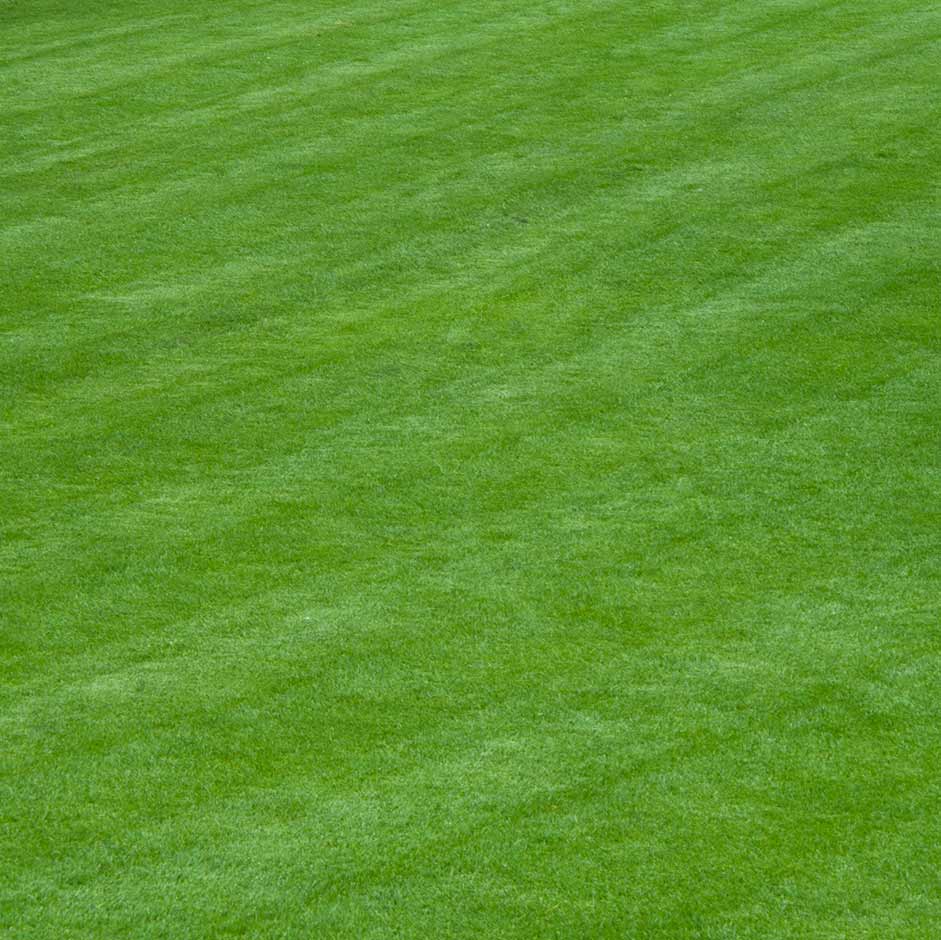


Plant-swapping fairs and community groups are great places to grab bargains, pick up growing tips from experienced gardeners, and share knowledge. Check local notice boards for plant events and look for local social media groups.
Community groups and allotments often give away used plant pots, as well as excess plants and produce. Many of them also run day courses on topics such as making your own compost, how to get growing, and how to make plant food. RHS Gardens also run courses and give talks on a wide range of gardening topics. And don’t forget to beg, borrow and divide plants growing in the gardens of friends and family.
Every garden should have a tree; they are essential for the planet. You can find young tree varieties from £30 upwards and they are a wonderful investment. By planting a tree, you are planting for the future. If you don’t have room for a fruit tree, you could buy small plants or bare root and train them against a wall or fence.
How to plant a tree Fan-trained trees: initial training Buying: trees and shrubs Trees for smaller gardens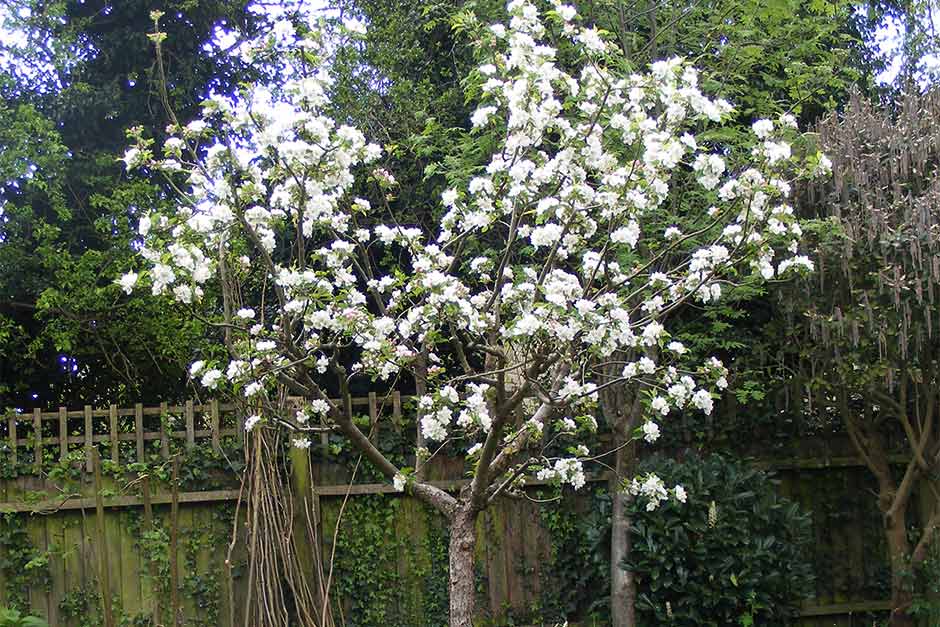
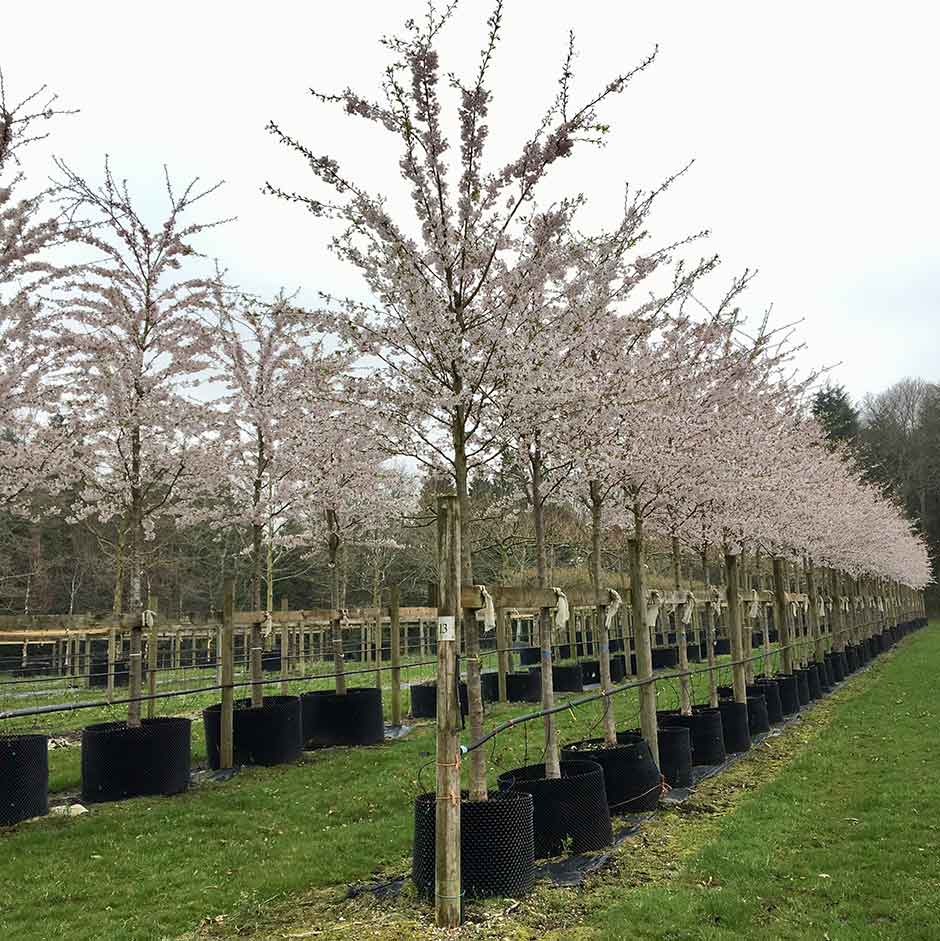
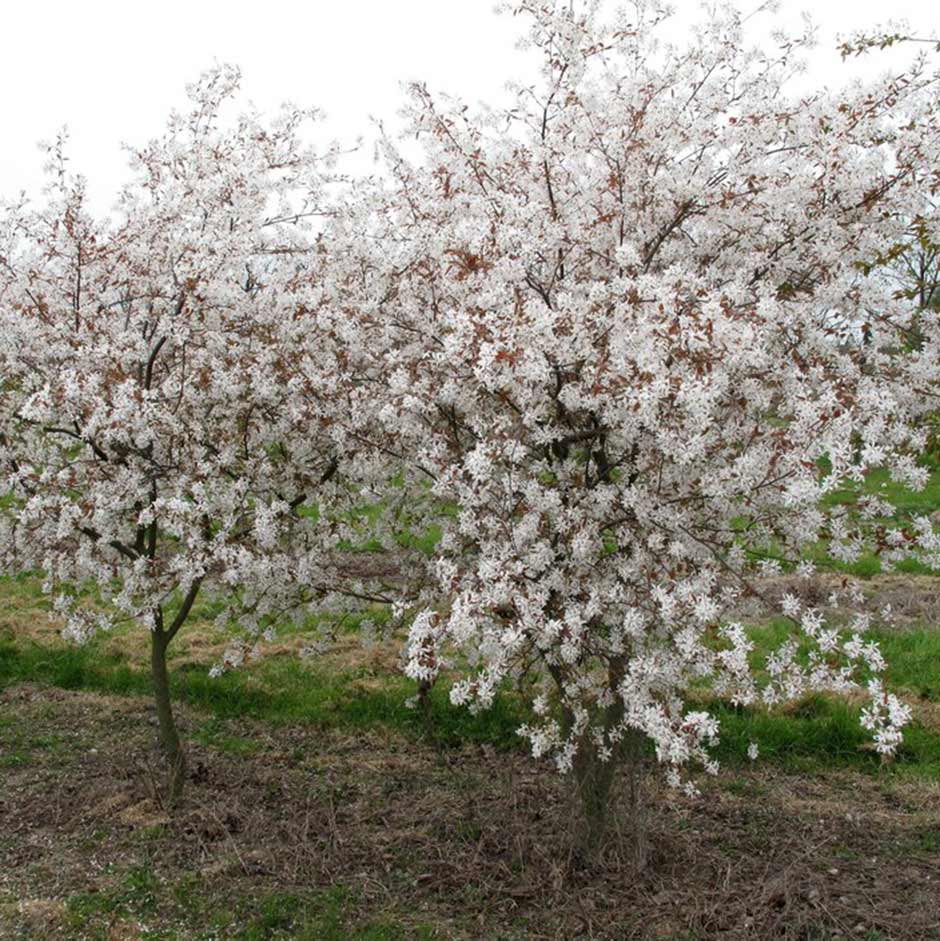
Grow your own
Save yourself money on your grocery bill by growing your own fruit, vegetables and herbs. If you don’t have room for growing in the ground or in raised beds, you can also grow them in recycled containers. Plants such as basil, parsley and micro-greens (tiny salad crops) can even be grown in pots on your windowsill, reducing your plot-to-plate to zero.
If you have no garden at home, consider applying to your local council or gardening group for an allotment. The benefits of growing your own food is well-known, but the added bonus of the sense of wellbeing that comes from being part of a community group is equally important, and life-changing for many people.
Designing your garden
Potentially the biggest cost is employing someone to design your garden. You are paying for their time, expertise and experience. But there are some simple ideas you can follow to help you create your perfect garden yourself.
New-build gardens Get to know your garden Gathering inspiration for your garden Creating your garden plan


